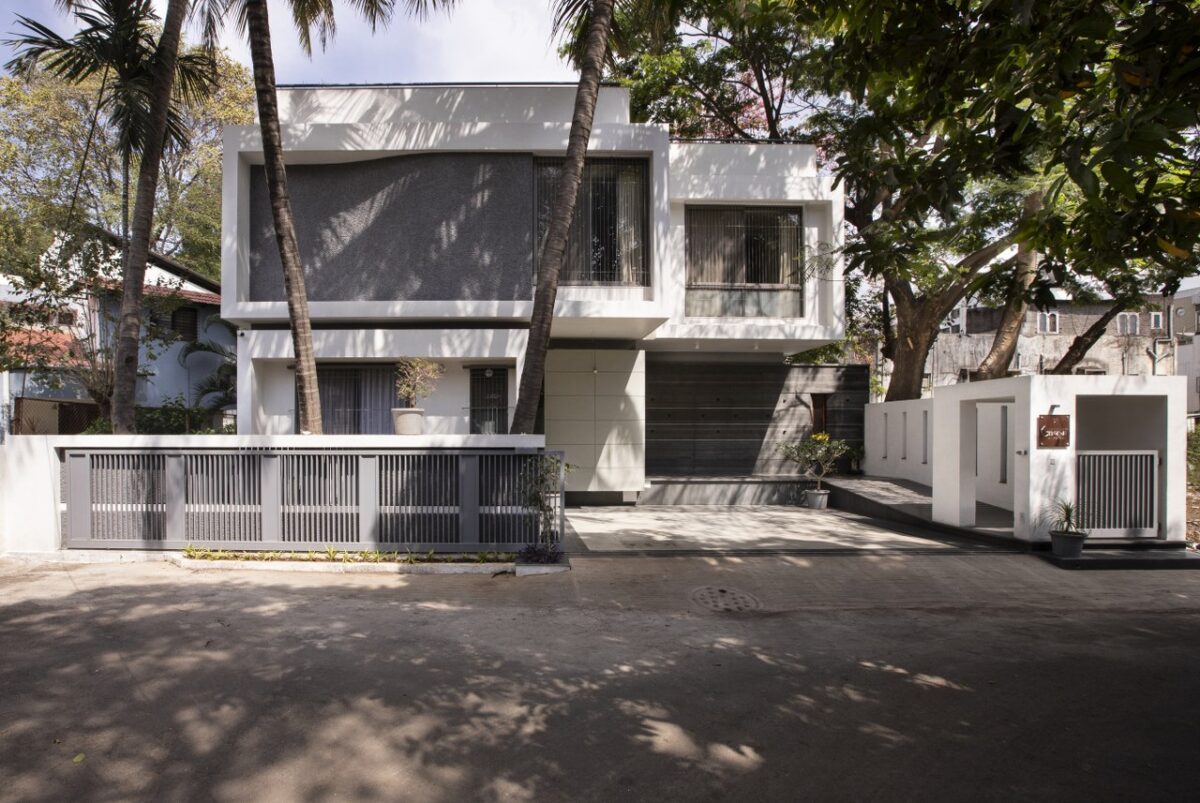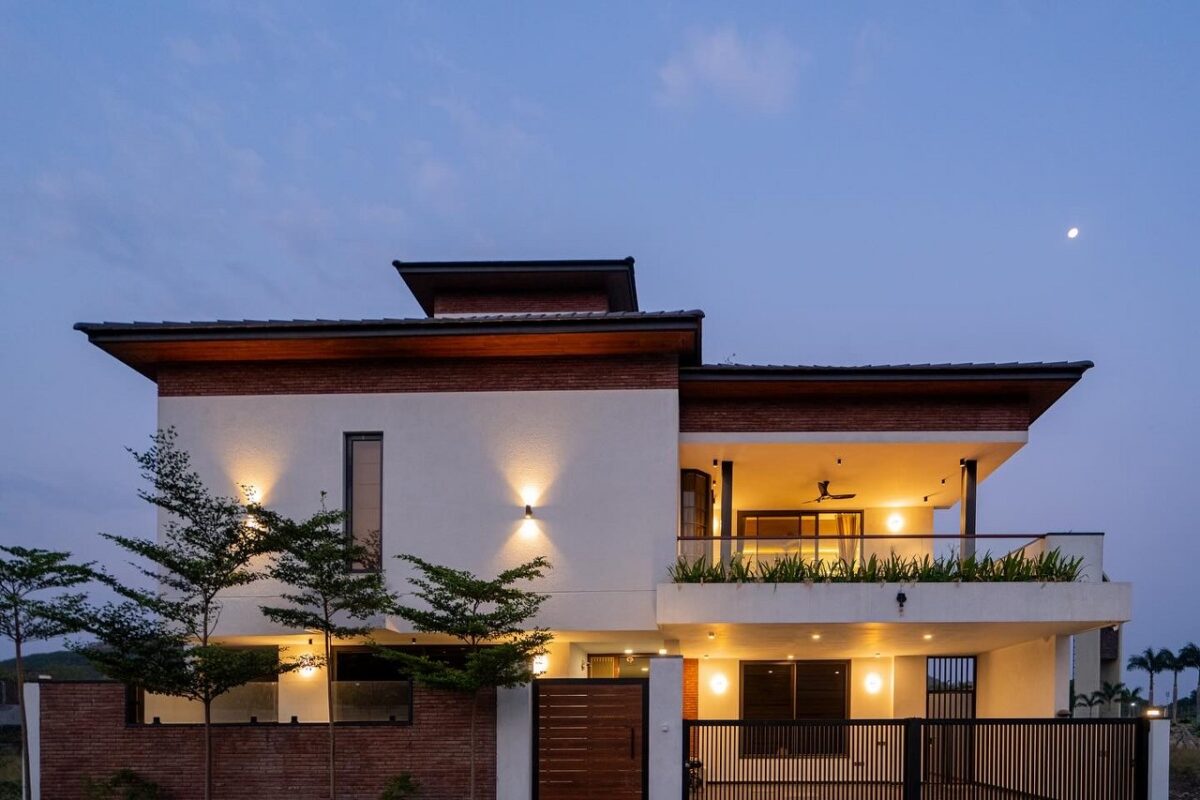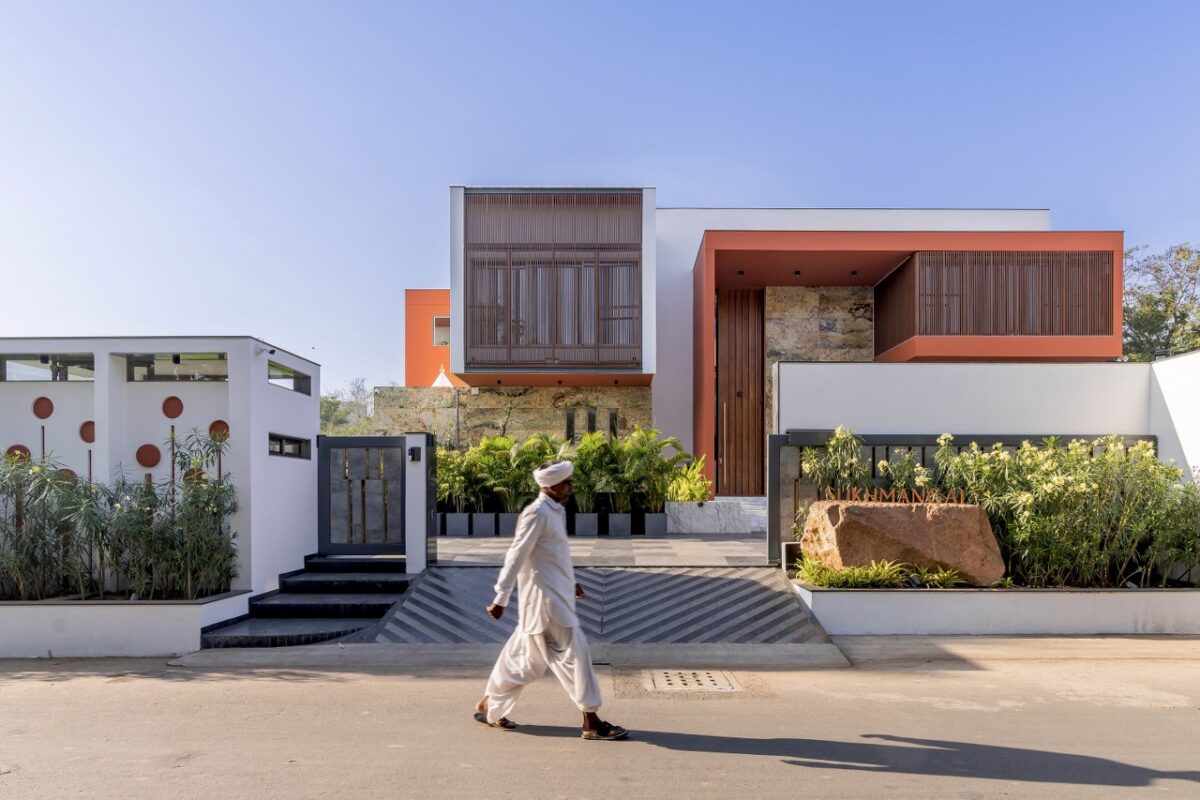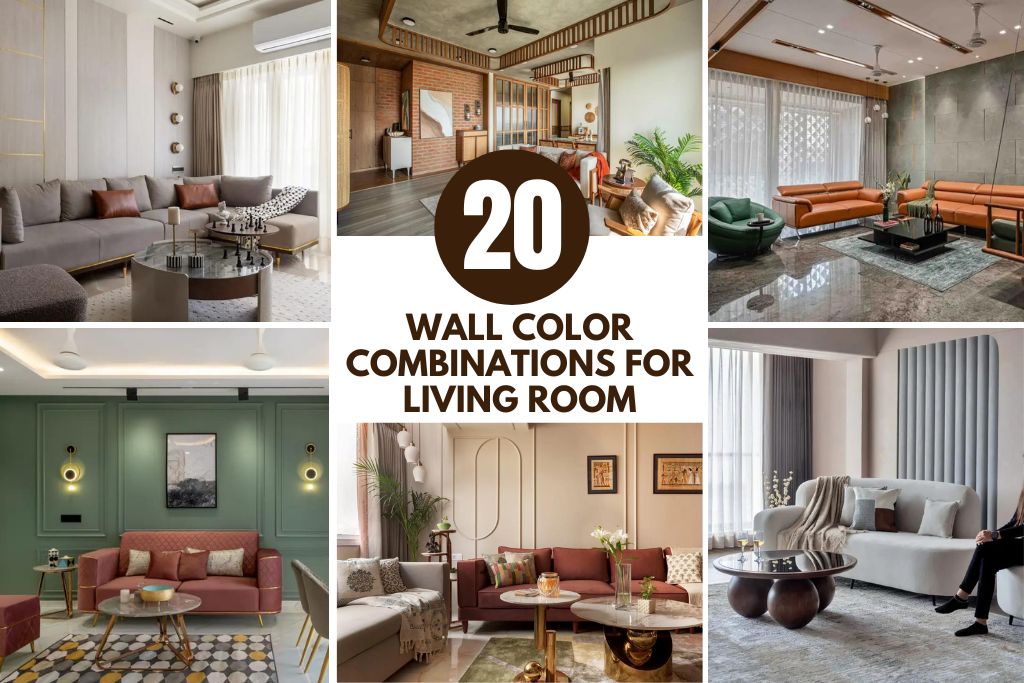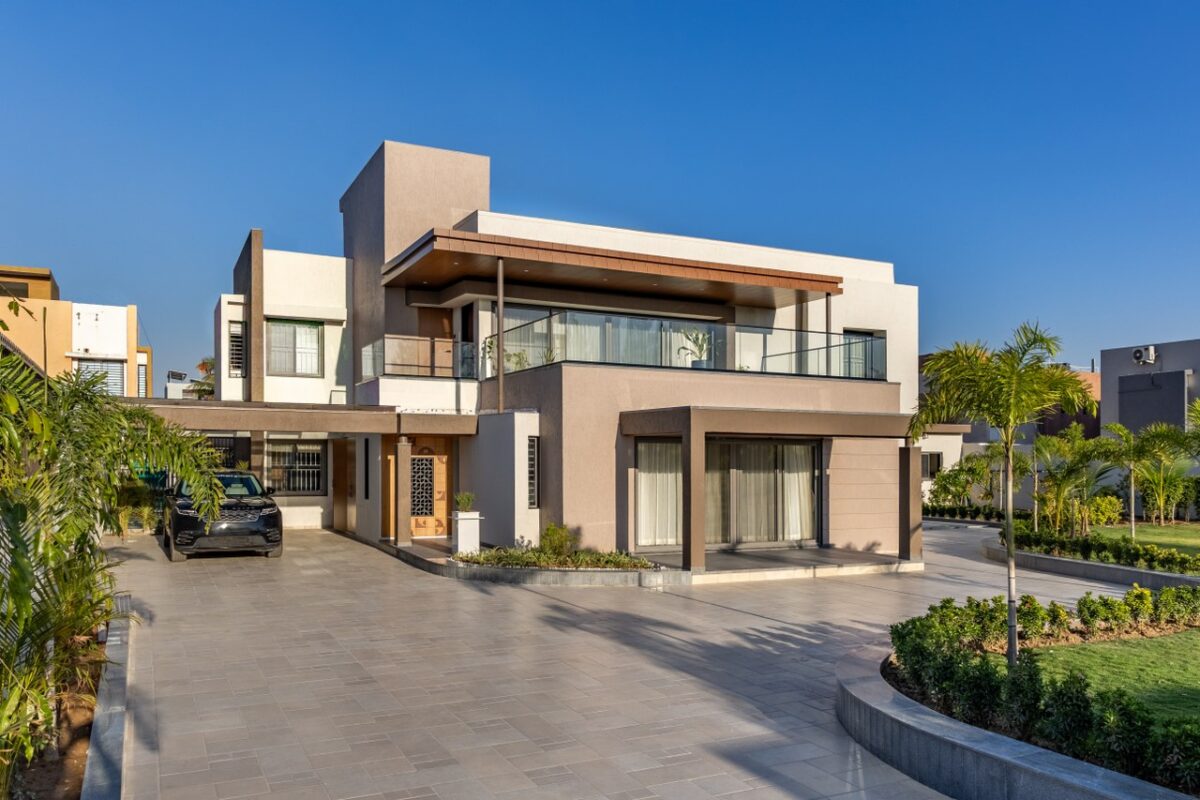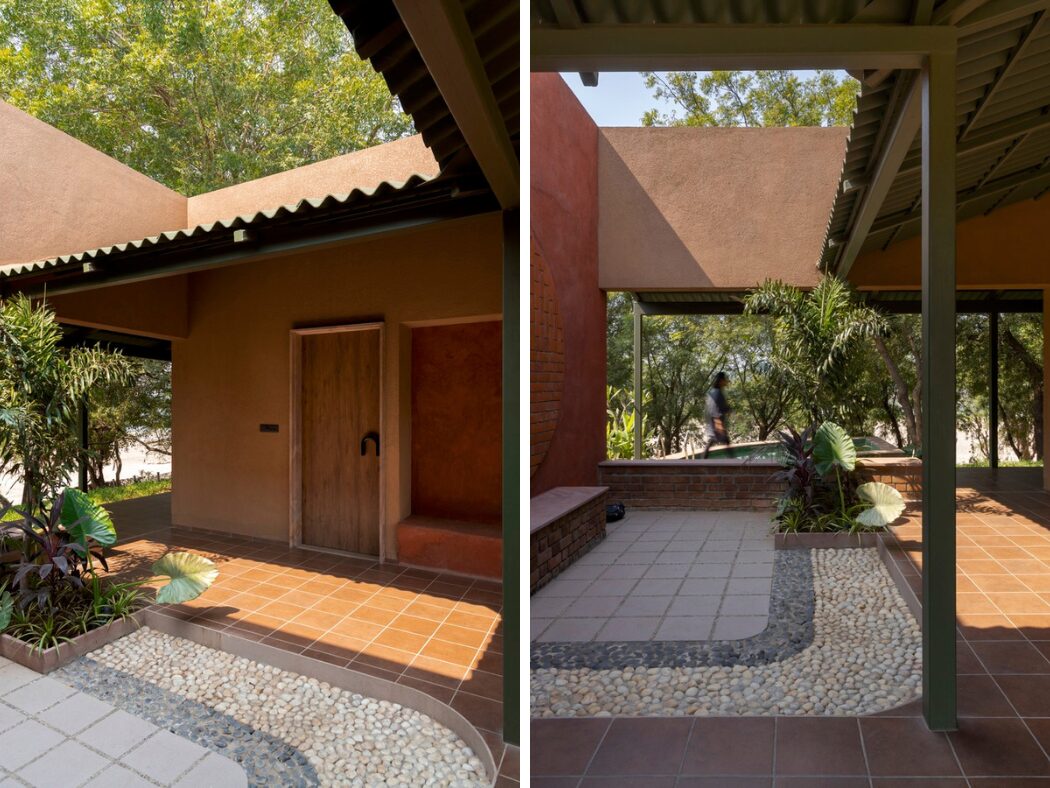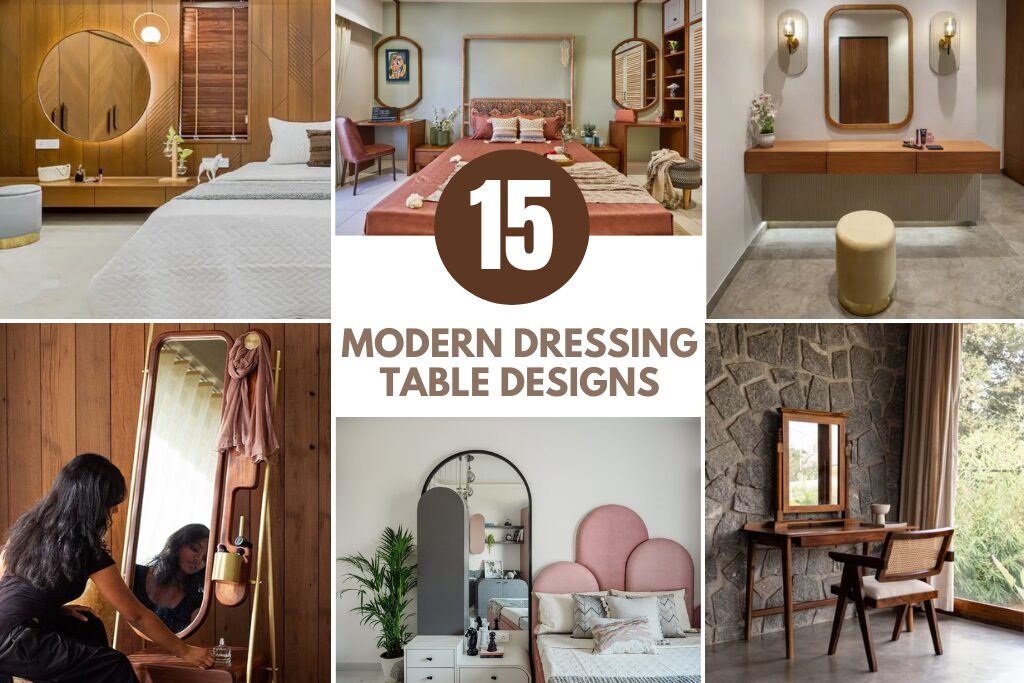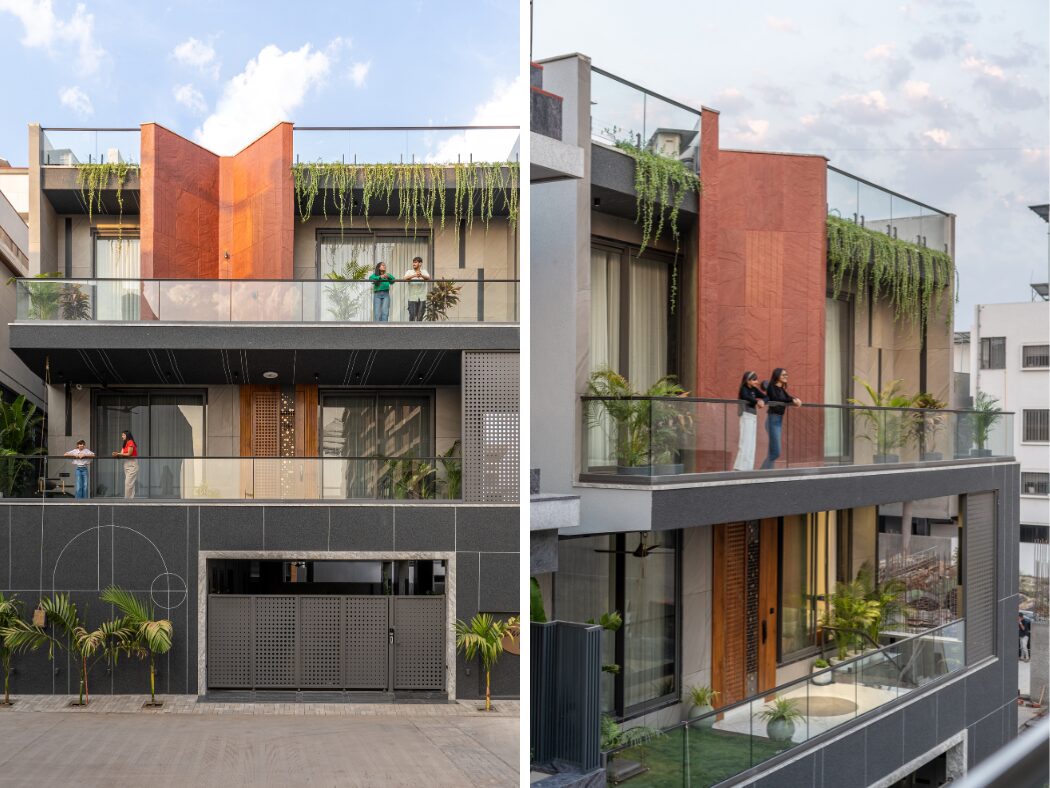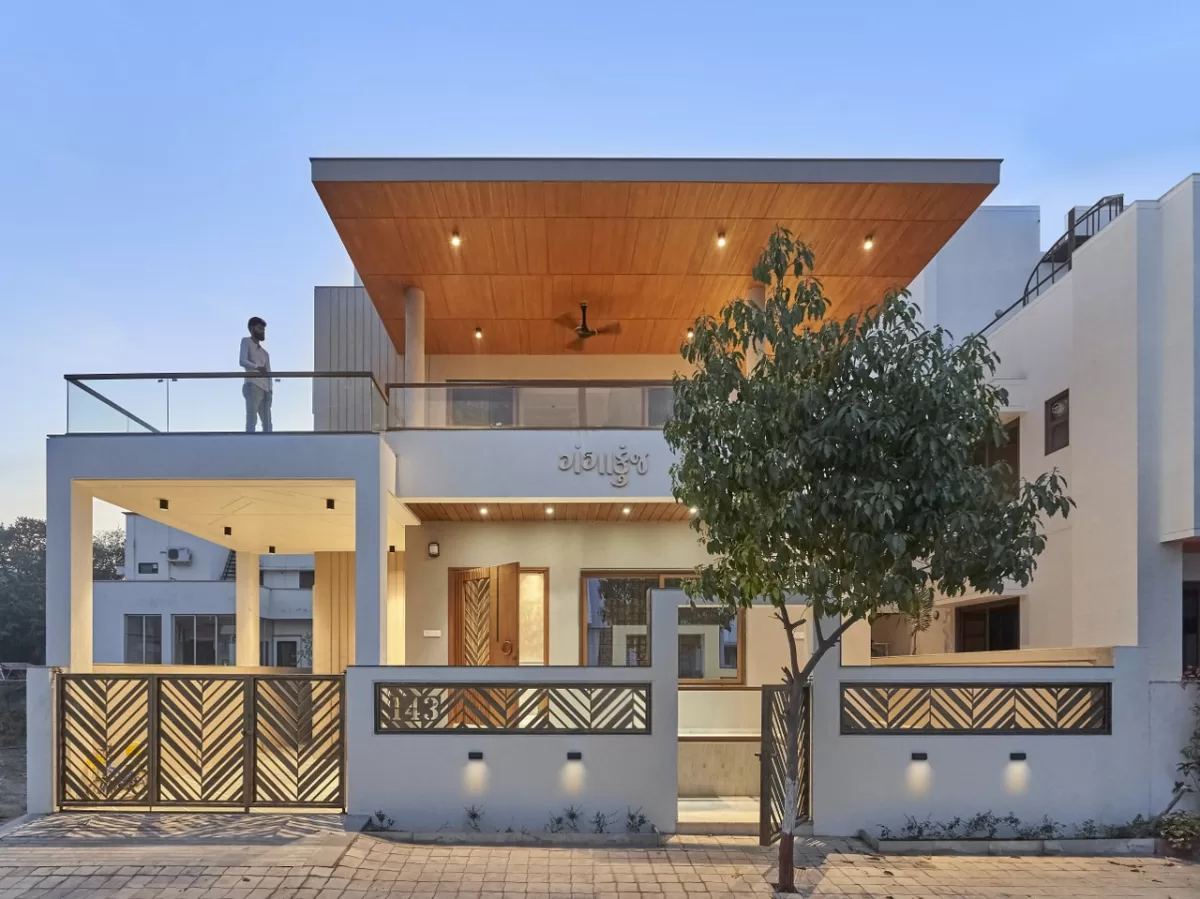Top 10 Vernacular Earthquake-Proof Buildings Around The World
As earthquakes shatter cities around the globe, earthquake-proof buildings are becoming ever more relevant. Modern skyscrapers are undergoing earthquake-resistant strategies and simulation tests to prevent their downfall.
Skyscrapers like Burj Khalifa and Taipei 101 use steel columns, bracing systems, and AAC to tackle the strong tremors. Although modern earthquake-proof buildings rely on scientific studies and are proven to withstand extreme situations, the techniques are applicable anywhere in the world and lose their regional identity. It is slowly disregarding the vernacular strategies that stood for years. They are a storehouse of knowledge to design earthquake-proof buildings that resonate with the context.
Let us look at how earthquake-proof buildings were before steel and concrete.
Tomb of Cyrus the Great, Iran: 6 BC
Materials: Stone, talc, sand mortar, plaster
Technique/ Style: Base Isolation
The Tomb of Cyrus the Great is the oldest earthquake-proof building in the world. Although the structure is small (11 metres), it stood unshaken for two and a half millennia in one of the most seismically active zones in the world.
It used an earthquake-proof technique called Base Isolation, where the structure is not grounded directly. The lower foundation comprises stones strengthened by sand mortar and lime plaster. A large polished stone plate that forms the upper foundation does not connect to the bottom foundation. A layer of talc isolates the building from the foundation. During an earthquake, the upper foundation glides freely over the lower foundation, thus causing no damage to the structure.
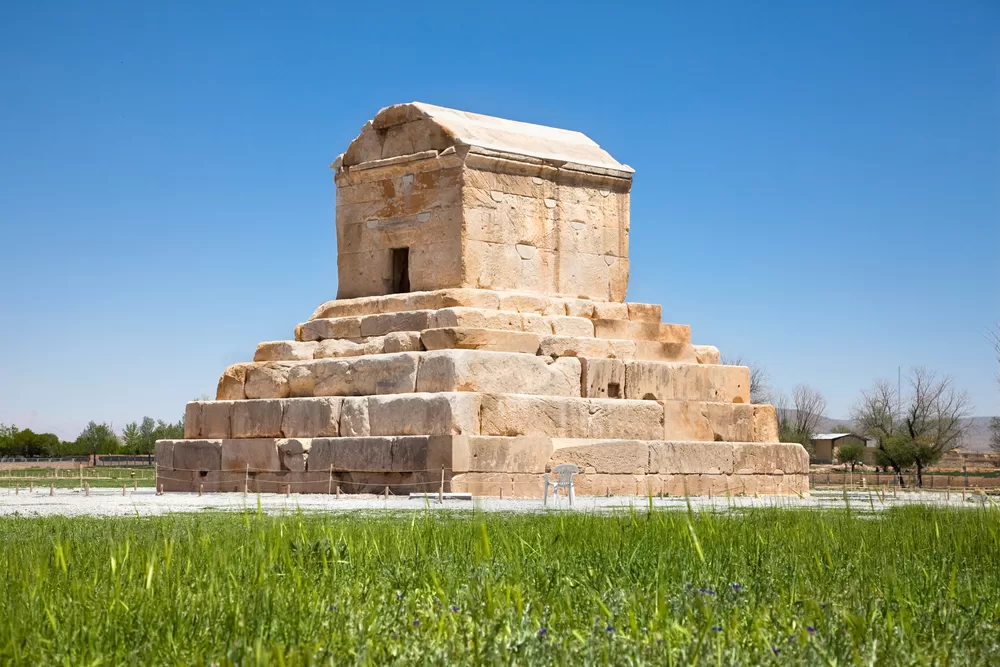
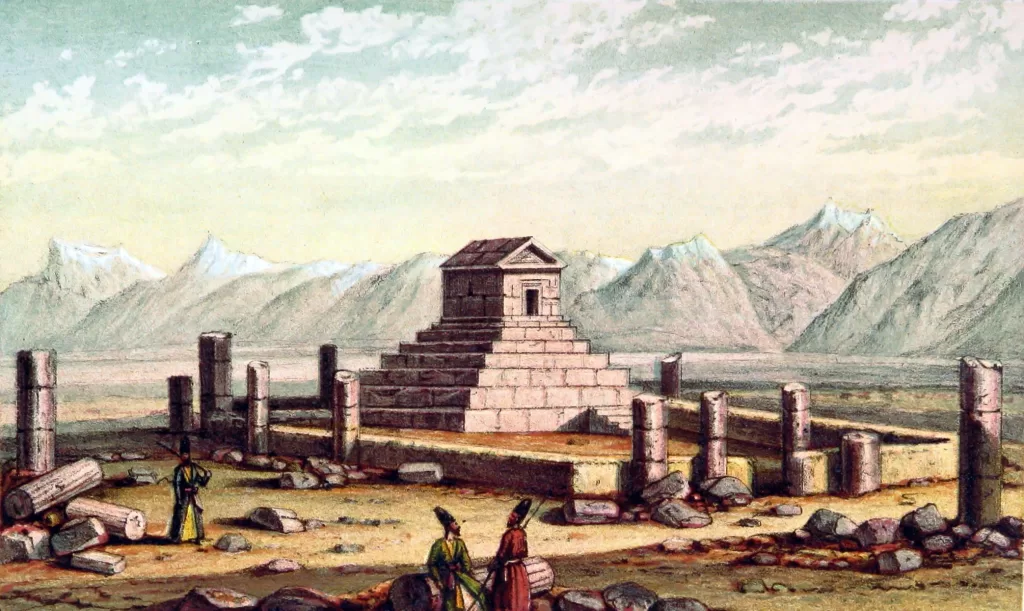
Horyuji Temple, Japan: 607 AD
Materials: Stone, Timber
Technique/ Style: Japanese Pagoda
The Horyuji Temple is the oldest surviving timber building in the world, towering at a height of 122 feet. The multi-story pagoda was initially stone built. Considering the frequent earthquakes in the area, Japan switched to timber to build their pagodas.
The wooden pagodas would sink to the ground during the monsoon and burn down in the event of lightning. Consequently, Horyuji Temple’s five-story pagoda advanced to build extended eaves away from the walls as protection from rain. The vertical shaft over the pagoda.
The massive overhangs have a series of cantilevered beams to support them against the building. Meanwhile, heavy earthenware laid on the eaves combats the severe flammability of the temple. The broad and bulky eaves are enormous stabilisers that only gently sway rather than shake during even the strongest of earthquakes.
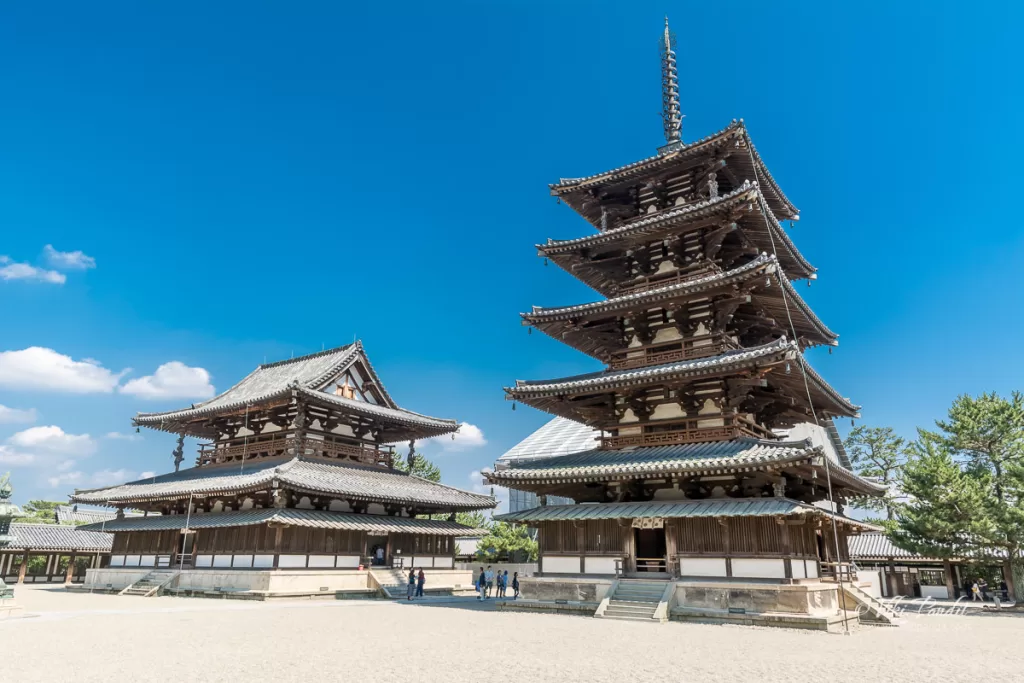
Temple of the Great Jaguar, Guatemala: 732 AD
Materials: Limestone, Sapodilla Wood
Technique/ Style: Stepped Pyramid
The Temple of the Great Jaguar is the tallest building in Mesoamerica and one of the many Mayan structures that withstood earthquakes and hurricanes. The 154-foot-high, nine-stepped pyramid is suitable for earthquakes due to its lower displacement and higher stiffness. It also allows shock absorption and stability.
The limestone used can transition from brittle to ductile under the pressure of the load even at room temperature, making it more suitable for earthquake-proof buildings. Skyscrapers like the Transamerica Pyramid take inspiration from these ancient monuments.
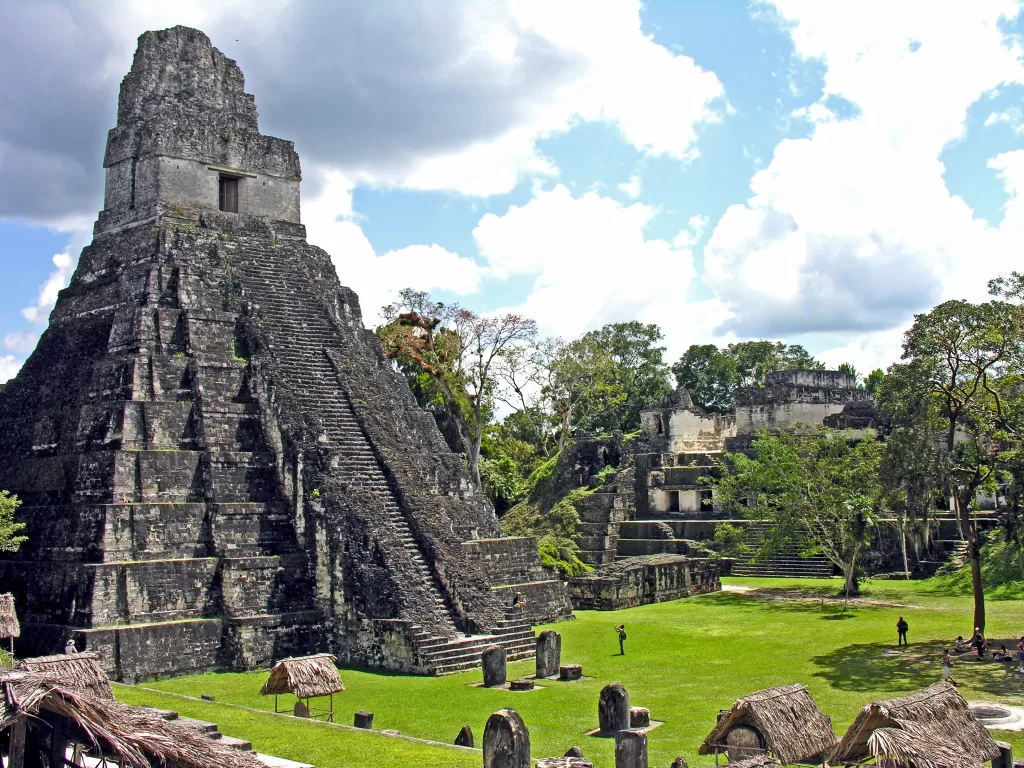
Ramappa Temple, Telangana, India: 1213 AD
Materials: Lightweight Brick, Sand, Granite
Technique/ Style: Floating Brick, Sandbox Technology
Ramappa Temple is an engineering marvel and could be the first temple named after the architect instead of the deity to honour his efforts and intelligence. They used lightweight floating bricks that are 1/3rd or 1/4th the actual brick weight for their size, exert less force on the foundation, and have a seismic gap to allow movement during the event of an earthquake. Floating bricks also reduce the load on the temple pillars, thus keeping them strong during an earthquake.
Another strategy was sandbox technology, where a trench 3 metres deep is dug before the foundation and filled with sand, granite powder, Haritaki powder, and Jaggery powder. Vibrations from any direction will be under the control of the sandbox. Molten iron filled in the holes on the walls, roof, and pillars further protects the structure during a high-intensity earthquake.
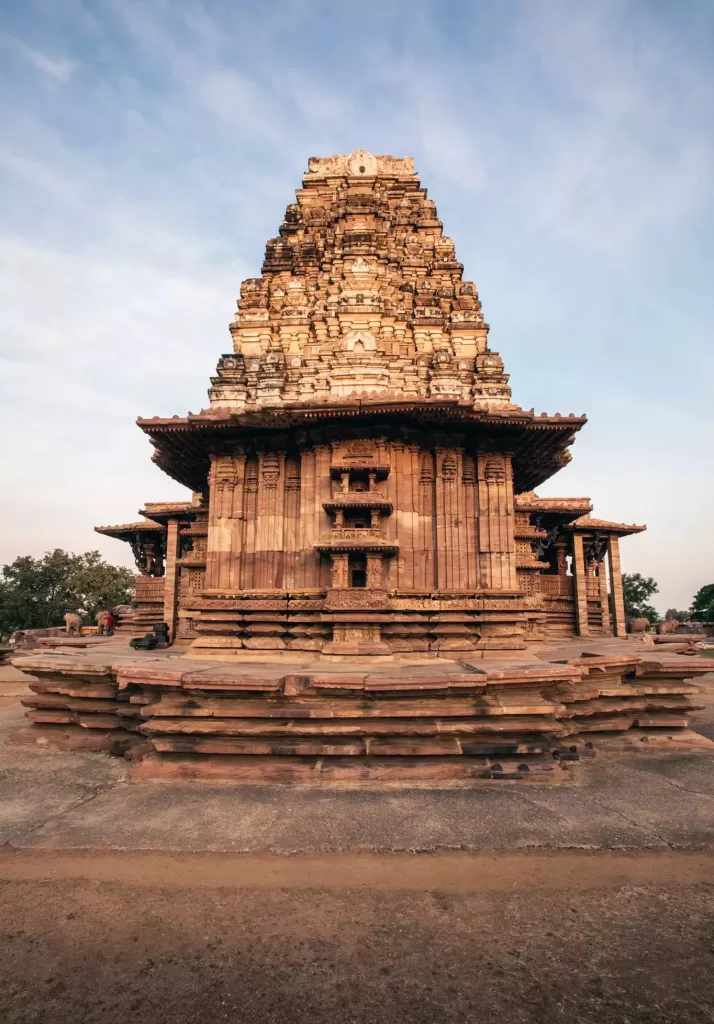
The Hall of Supreme Harmony, Forbidden City, China: 1420 AD
Materials: Timber
Technique/ Style: Dougong System
The Hall of Supreme Harmony is the largest of the building in the Forbidden City in China and is known for its 2500-year-old earthquake-resistant technology called Dougong. It is an interlocked system built using flower-shaped timber bracing and beams without nails. Dougong becomes stable only after placing a heavy roof over it. The large number of pieces split the weight equally, thus reducing the chances of cracks or splits. At the same time, the pillars beneath the system sit lightly on the surface of the ground and are not sunk deep into the ground. The temples and palaces in the Forbidden City survived the deadliest earthquakes without a crack.
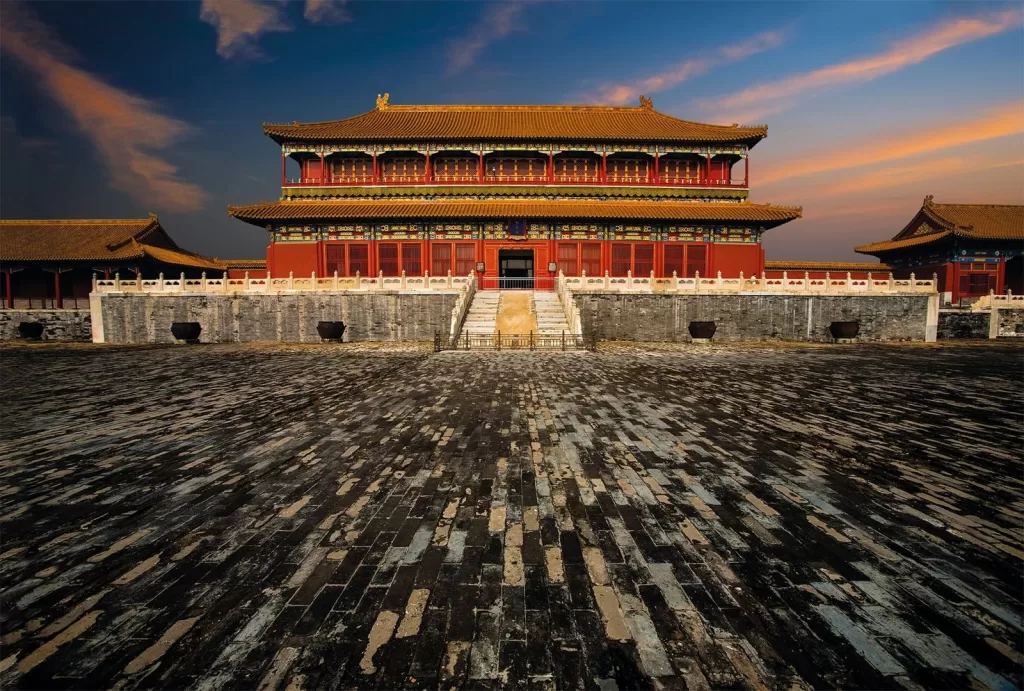
Temple of the Sun, Machu Picchu, Peru: 1450 AD
Materials: Granite, Limestone
Technique/ Style: Inca Construction
The Temple of the Sun is one of the two hundred structures in Machu Picchu. It is one of the most prominent buildings in Machu Picchu. The Incan architecture has remarkable design features that protect the buildings from collapse during earthquakes.
The terraces buttress steep mountain slopes. It follows ashlar construction, where rocks fit together precisely without the use of mortar and where the rocks resettle after any movement after an earthquake event. The trapezoidal-shaped doors and windows have an inward tilt from bottom to top and are stronger than regular rectangular ones. Even the walls incline inward for the same reason.
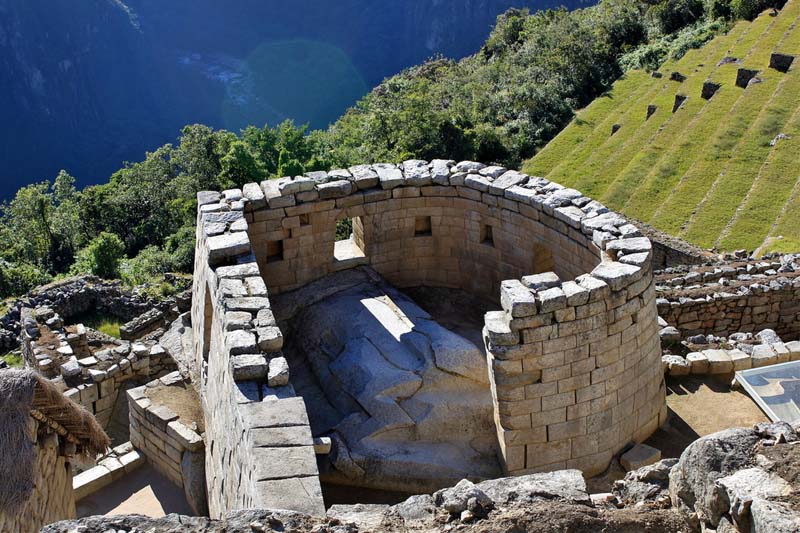
Naggar Castle, Himachal Pradesh, India: 1460 AD
Materials: Timber, Stone, Slate
Technique/ Style: Kath Kuni
Once the royal residence of the kings of Kullu, Naggar Castle is a popular tourist destination and functions as a homestay. While the surrounding concrete buildings crumbled, they survived the 1905 Kangra Earthquake, the largest earthquake in Himachal Pradesh that hit a magnitude of 7.8. This was due to indigenous architectural practice called Kath Kuni.
The Lego-like technique has alternate layers of wood and stone with a slate-sloped roof without using mortar or cement. Deodar was the wood used, which was a durable material endemic to the Western Himalayas. A dovetail or cross brace called Maanvi holds the pieces together. Kadil, or wooden nails, secures the edges in a lap joint. The technique is deeply rooted in the region, where the stone was from the River Beas.
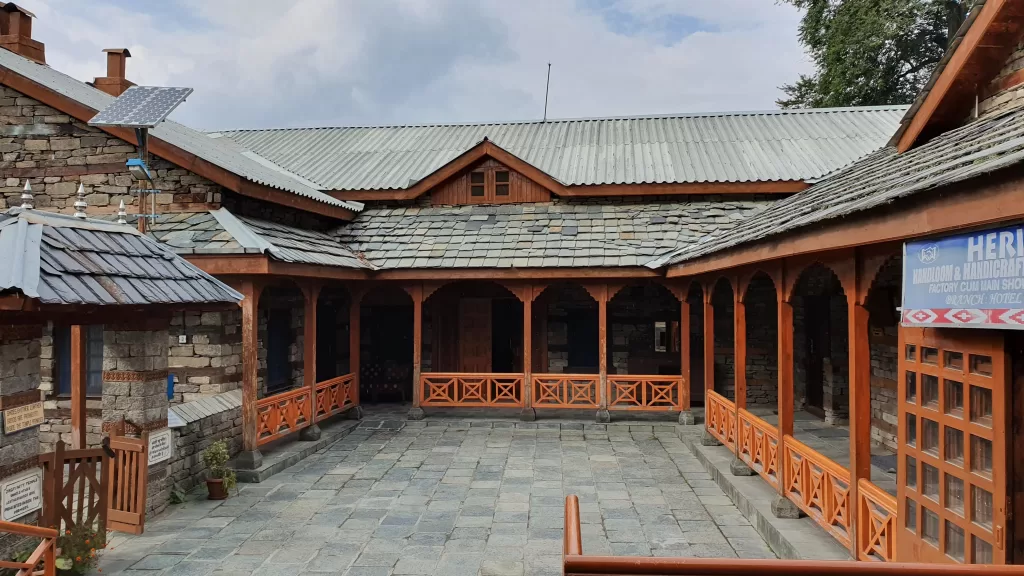
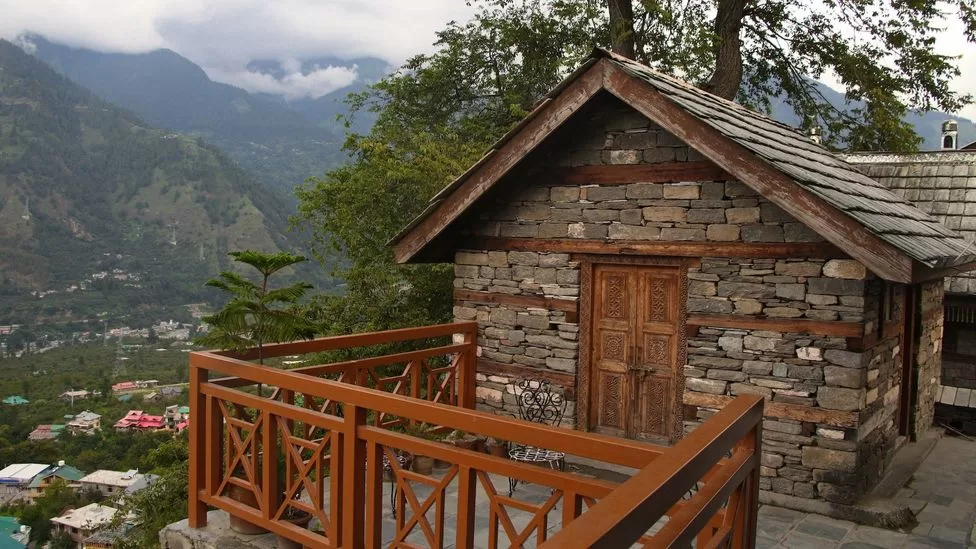
Igreja das Chagas, Lisbon, Portugal: 1784 AD
Materials: Timber, Stone, Timber
Technique/ Style: Pombaline Style
Igreja das Chagas was rebuilt after its destruction during the earthquake of 1755. The Pombaline style was the first anti-seismic style in Europe and also pioneered early prefabricated technology. A wooden structure implanted on walls, roofs, and floors is flexible and prevents the building from falling by making it just shake during an earthquake event. There are no irrelevant decorations, and it follows a sombre facade. Wooden poles are dug into the riverbed to provide further reinforcement. Even without elements of classical architectural style, it still reflects a strong neoclassical character.
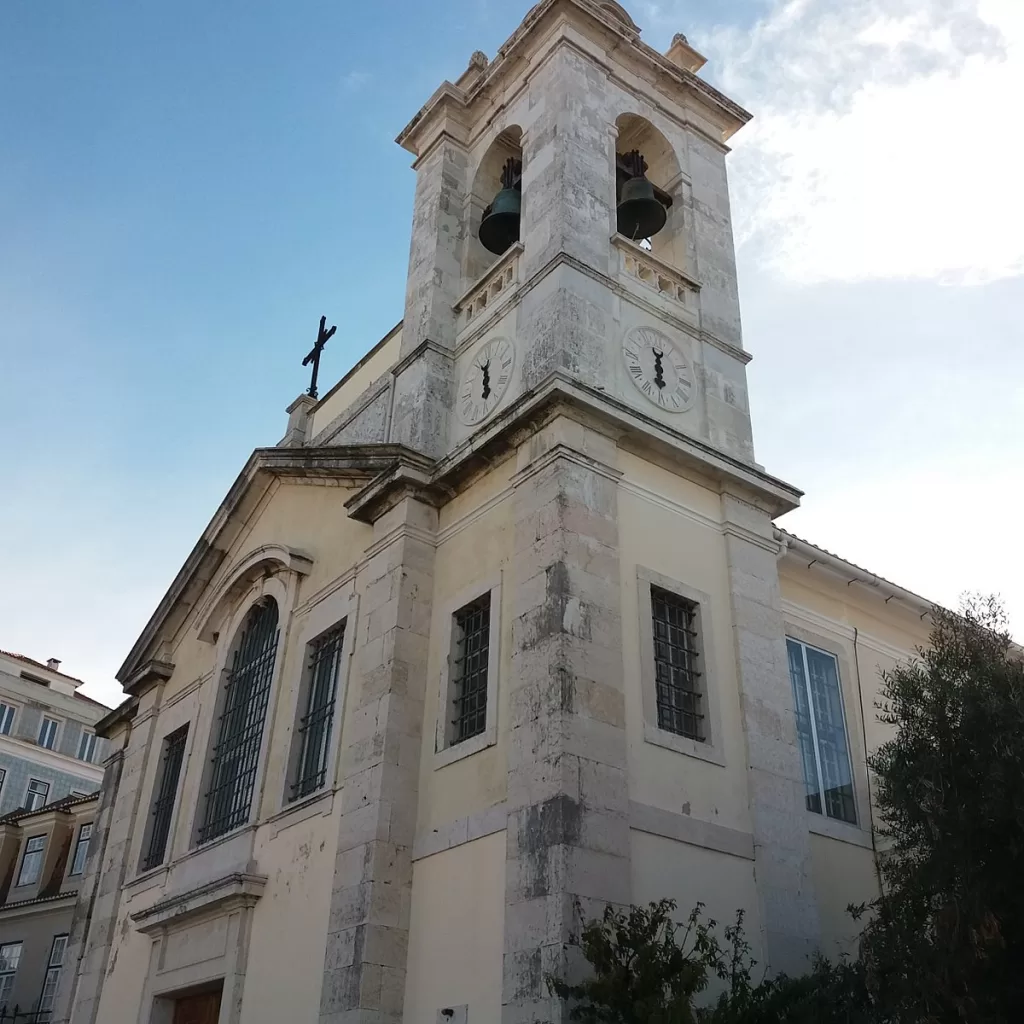
Jalali House, Kashmir, India: 1863 AD
Materials: Timber, Brick, Mud
Technique/ Style: Taq Construction
Jalali House positions itself in the Indian Illegally Occupied Jammu and Kashmir (IIOJK), a hushed society in Srinagar. It consists of a Taq, which is a basic structural bay bounded by two brick piers separated by a distance of 3–4 feet. Symmetrical placement of window openings or brick masonry fills the gap between each Taq.
There is horizontal ladder-like timber lacing embedded on the lintels, floors, and plinth levels, thus resisting lateral forces. The masonry is not reinforced and uses lime sand and mud mortar, which allows friction during any tremor. During the event of an earthquake, the timber allows an increase in ductility by absorbing the energy released. The weight of the masonry tightly fixes the entire structure in places.
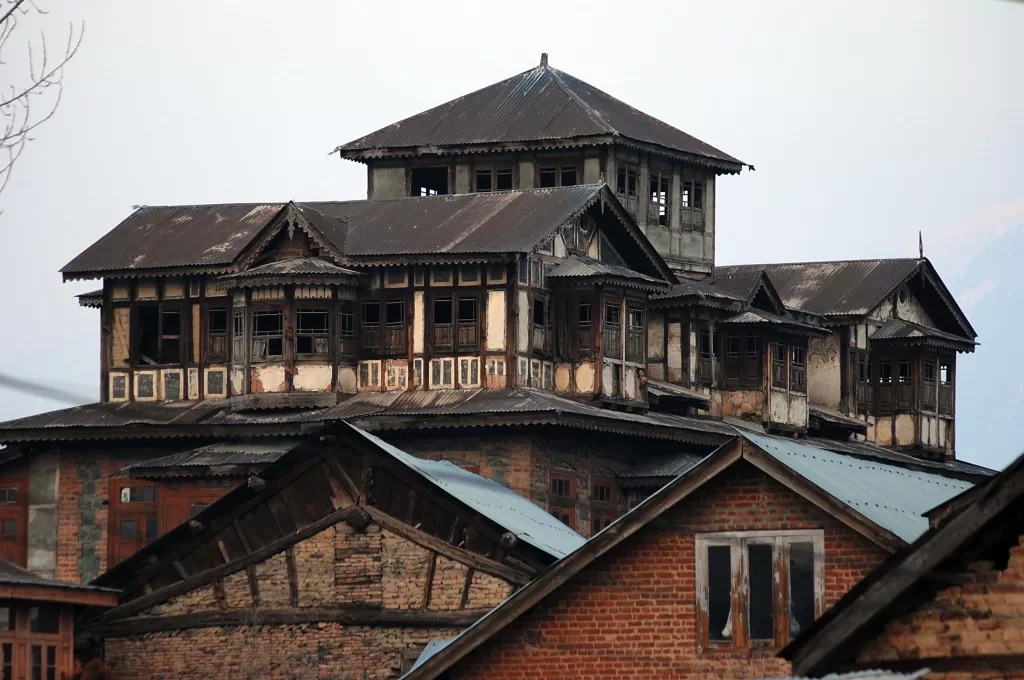
All Saints Church, Shillong, India: 1902 AD
Materials: Timber, Brick, Bamboo, Lime Mortar
Technique/ Style: Ikra Style
Built during the British Period, The All Saints Church is one of the oldest churches in Shillong. It follows a contemporary earthquake-proof technique that strays away from the Khasi style that was prevalent in Meghalaya until the earthquake of 1897. It has a colonial-style architecture that takes inspiration from the wooden frame of the Pombaline Style in Portugal. The walls have Ikra, or bamboo with lime mortar plaster. The brick or stone walls go up to 1 metre above the plinth. The Ikra style has a flexible design and is responsive to ground motion. GI sheets make up the sloped roof, which is a contemporary take on the Assamese style.
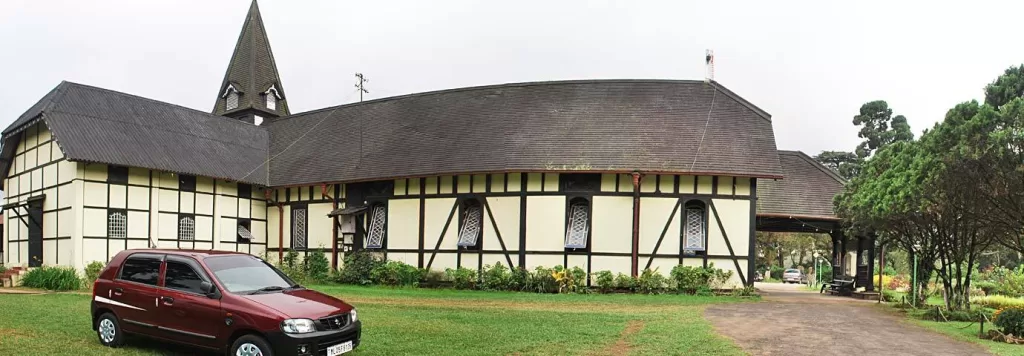
Earthquakes are natural disasters, and their outcomes are not in our control. We, as architects or engineers, could help reduce the damage to some extent. Whether they’re modern or traditional, earthquake-proof buildings must be made accessible to the public.
However, vernacular techniques can help cut transportation costs while constructing sustainable earthquake-proof buildings that resonate with the culture and heritage of the region. Countries like Japan modified their building codes to permit only earthquake-proof buildings, thus helping them revive as a country from an earthquake much faster.
Architects like Rahul Bhushan are trying to bring Kath Kuni style into every home. Why should adopting traditional techniques be an evolution backwards when they have proven their resilience for thousands of years?
Text By: Gopika Pramod
This Home Creates a Harmonious Design for Three Generations | Chaware and Associates
Our design aims to create a harmonious living space for three generations, blending modern functionality with the timeless beauty of nature. With a focus on interactive spaces and ample natural light, it seamlessly integrates the needs of each generation while fostering connectivity and a sense of belonging. Additionally, the incorporation of a landscape court for […]
Read MoreThis 4500 sq ft Home Stands as a Testament to Modern Design Principles | Design-Edge Studio
Nestled within the bustling cityscape of Indore, this 4500 sq ft home stands as a testament to modern architectural and minimalist design principles. Designed to harmonise with its urban surroundings while offering serene living spaces, this project embodies a seamless blend of functionality and aesthetic appeal. Emphasises simplicity and clean lines. The exterior design of […]
Read More20 Indian Kitchen with Window Design: Practical yet Presentable
With the changing trends in home, a kitchen with window design has stayed a paramount feature of Indian kitchens for its functionality as well as aesthetic purposes. Kitchen is the heart of Indian homes. It’s the most dynamic space in any Indian household— where traditions are passed down, flavors are crafted, and many stories are […]
Read More20 Breakfast Counter Designs: Amazing Indian Kitchen Choices
How many of you have the time to enjoy a family meal instead of an individualized quick bite? Breakfast counter designs in India exemplify societal changes, new culinary preferences, and cultural dynamics. With hectic lifestyles and changing work patterns, breakfast has shifted from a family-oriented meal to a functional individual affair. A large wooden table […]
Read MoreThis North Facing House is in Sync with the Vastu Purusha Mandala | Hitesh Mistry and Associates
This north facing house project in Ahmedabad, India, by Hitesh Mistry & Associates, was designed with the main prerequisite of the client, which was to follow all vastu directions. Each placement of space in the planning of the house is in sync with the plan of the Vastu purusha mandala. Editor’s Note: “Embracing the principles […]
Read More20 Captivating Wall Color Combinations For Your Living Room
Choosing the perfect wall color combination for your living room can be a game-changer. It sets the tone, reflects your style, and makes your space feel uniquely yours. The right hues can transform a dull room into a vibrant oasis or a chaotic space into a serene retreat. Wall colors can create moods, influence emotions, […]
Read MoreThis Garden House Design Soaks in Natural Sunlight and Ventilation | Studio Synergy
The exterior of the garden house design was planned to allow ample natural sunlight and ventilation throughout. The design of the exterior ensures that the balconies, parking areas, and shades provide not only functional but also aesthetic benefits. Editor’s Note: “The neat, straight lines and horizontal projections of this Ankleshwar residence imbue it with a […]
Read MoreThe Goal of this Riverbank House is to Harmonize with their Surroundings | Studio DesignSeed
This 2 lakh sqft farmland on the edge of the Mahi river in Vadodara embodies a melodic blend of functionality and aesthetics. A couple with a keen interest in farming owns the riverbank house. The property features an extensive array of plantations, including guava, teak, castor oil, and dragon fruit. Editor’s Note: “Blending functionality with aesthetics, […]
Read MoreModern Dressing Table Designs for Bedroom: 15 Indian Style
Relating to the contemporary is fashion, and adopting that popular style is a trend. Modern dressing table designs for bedrooms seem to be a popular trend, adding glam to fashion. Did you know that some objects are gender-based? Yes, a vanity box, known as an airtight box, contains cosmetics and toiletries for women. Historically, the […]
Read MoreThis Vastu House Design Promotes Harmony and Balance | DHARM ARCHITECTS
The primary objective for this Vastu house design was to adhere strictly to the principles while creating a spacious and low-maintenance living environment. Thus, we designed a home that promotes harmony and balance. Thus ensuring each element contributes positively to the occupants’ well-being. Editor’s Note: “Commanding the streets of Surat, this residence captivates with its […]
Read More

